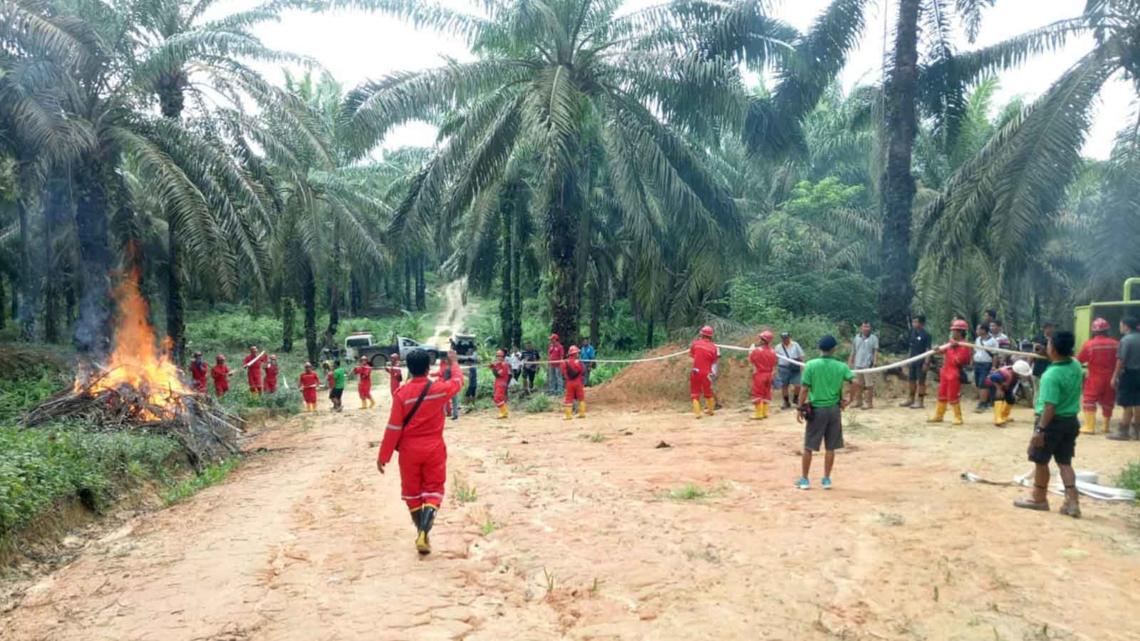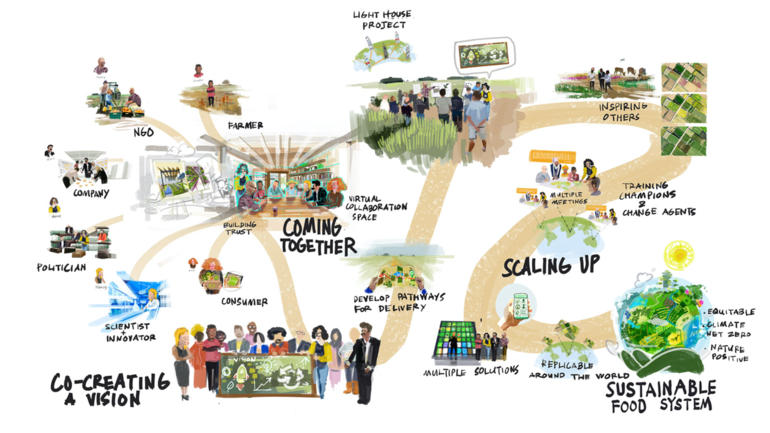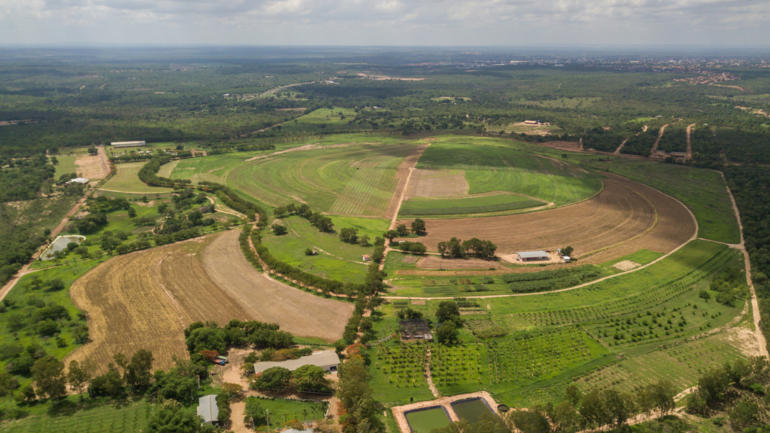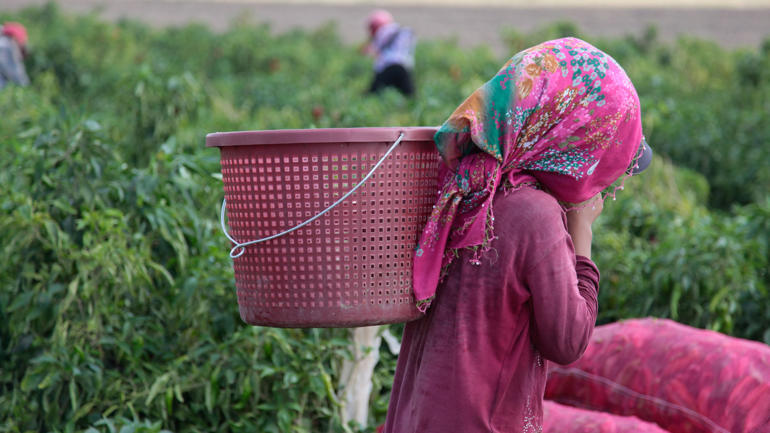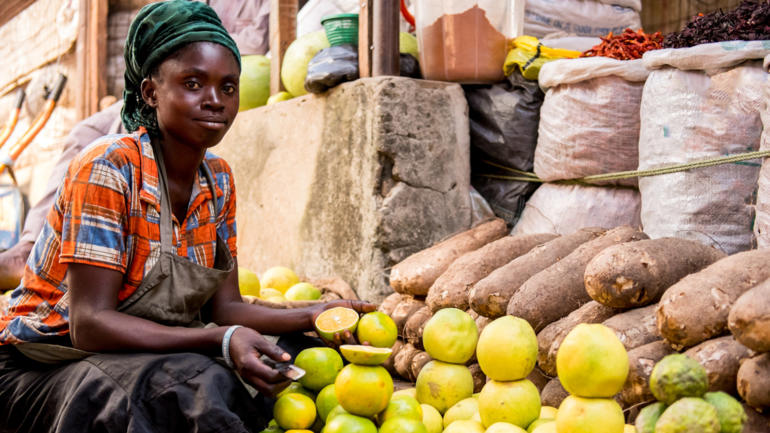Singapore, 5 June: The global incidence of devastating fires poses a critical operational, social, and environmental risk for the collective agribusiness community. Many factors drive fire in agricultural landscapes including land clearing, industrial development, resettlement, and arson. Hotter temperatures and more extreme weather conditions brought on by climate change exacerbate the vulnerability to and risk of fire, especially in dry landscapes. Although controlled burns can have a role in maintaining ecosystems and preventing larger fires, when instigated without proper training, protection, wind conditions, or management oversight they can expand uncontrollably and cause major damage.
In line with its mission to drive sustainable development through collective action and peer learning, the Global Agribusiness Alliance (GAA) convened agribusiness leaders on 28 May 2020 to discuss best practice and opportunities for collective action around community-based fire prevention activities in the landscape.
Arif Rachmat, Chairman of Triputra Agro Persada (TAP) and GAA Chair, characterized the situation: “The dry season and resulting forest fires posed a significant challenge in many key growing regions last year. Now that the world is ravaged by the pandemic, managing forest fires will be even more challenging, from both a health and economic perspective. We must do all we can to prepare ourselves for fire prevention; COVID-19 makes this cause even more pertinent. Collaboration amongst government, community and corporations is key in this effort. In Indonesia, we call this partnership ‘gotong-royong’ – which in English means cooperation by members of a community to achieve a common goal.”
During the session, speakers and participants underscored the importance of context-specific approaches to fire prevention across diverse farming communities, elevated strong examples of cross-sector engagement and shared experiences with fostering long-term uptake of new behaviors and practices in smallholder communities.
Company action
GAA members have invested significant resources in fire risk mitigation efforts. Gotz Martin from Golden Agri-Resources (GAR) shared the palm company’s comprehensive set of actions including its portfolio of alternative livelihoods projects that help palm-growing communities generate additional incomes and deter smallholders from clearing land. GAR also focuses on water management approaches such as hydrology and topography assessments, especially in peatland areas, to understand and maintain water flow. Further, GAR coordinates with local government by building watchtowers, staffing patrol vehicles, and training fire-fighting teams quarterly.
Rudy Prasetya shared how TAP centralized much of its fire management system. It created a fire command center and bespoke teams for rapid response, transportation, communications, and logistics. Prasetya stressed the importance of investment in early detection technologies such as drones and mandatory reporting timelines to ensure prompt responses to outbreaks when they do occur. TAP also facilitates sensitization trainings and simulations with local communities.
Cross-sector partnership
Local multi-sector collaboration is critical to scaling fire prevention action. Herlina Hartanto, Interim CEO of Konservasi Alam Nusanta, described a community-based public-private partnership in Indonesia comprised of government agencies, the East Kalimantan Climate Change Council, NGOs, the Indonesian Oil Palm Association, nine plantations, and communities to develop fire brigades and fire-aware farmer groups. The partnership involves cost sharing and covers 500,000 hectares of concession area. Konservasi Alam Nusanta works with TAP in two villages on fire prevention, forest protection, and alternative livelihoods projects that develop rubber plantations and facilitate market connections.
Another strong example of collaborative action on fire prevention is the Fire Free Village Program launched in 2014 between APRIL, a forestry company operating in Riau, and local communities to address the fire and smoke haze issues that were severely impacting the region. In APRIL’s recent paper ‘Wicked Fires’ by Craig R Tribolet, the program is described as a “comprehensive analysis in collaboration with communities identified a range of solutions directly addressing the agreed root causes. These included infrastructure incentives for no fires, assistance with agriculture preparation
without fire, training in sustainable agriculture practices as well as community advocacy and awareness.” Tribolet joined the GAA discussion, emphasizing the importance of context-specific, clustered approaches that address the core drivers of fire, rather than maintaining a reactive approach.
Facilitating behavior change in farming communities
Driving farmer behavior change towards climate-smart agriculture techniques is critical but can be very challenging. Dharsono Hartono from P.T. Rimba Makmur Utama said of his work training 500 smallholders at an agroecology school: “We have to provide market access [and] find a holistic approach in how to help them. Things are not going to happen right away.”
GAA Director Ruth Thomas facilitated an open dialogue amongst participants on key challenges such as building trust with local communities; ensuring long-term uptake of good agricultural practices after projects conclude; finding opportunities to engage with other sectors including mining; and thinking creatively about how to monetize community waste for energy production.
Researchers suggest we have entered “the age of fire” with deadly and destructive occurrences impacting communities and landscapes worldwide. The agribusiness sector faces a critical need to scale ongoing fire prevention action. GAA will continue to foster sector-wide peer learning and engagement around this urgent sustainability challenge.
Join the Global Agribusiness Alliance
GAA is a CEO-led, private sector platform of supply-side companies, committed to harnessing their collective strengths to tackle shared environmental, social and sustainability challenges hosted by the World Business Council for Sustainable Development (WBCSD). Members include producers, traders, fertilizer and agro-chemicals manufacturers, seed suppliers, primary processors and agri-tech suppliers in food and non-food crops. As the food and land-use systems transformation agenda take center stage it is critical for the supply-side to scale its contribution to developing and delivering sustainable solutions. To learn more, contact Ruth Thomas at ruth.thomas@wbcsd.org.
Writing credit: Melanie Levine
Photo credit: TAP

